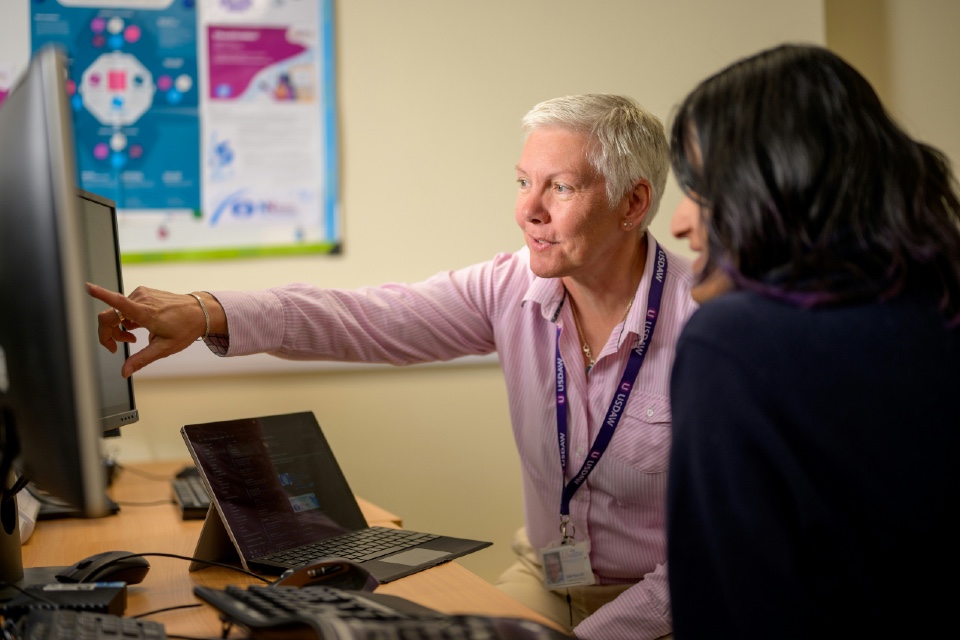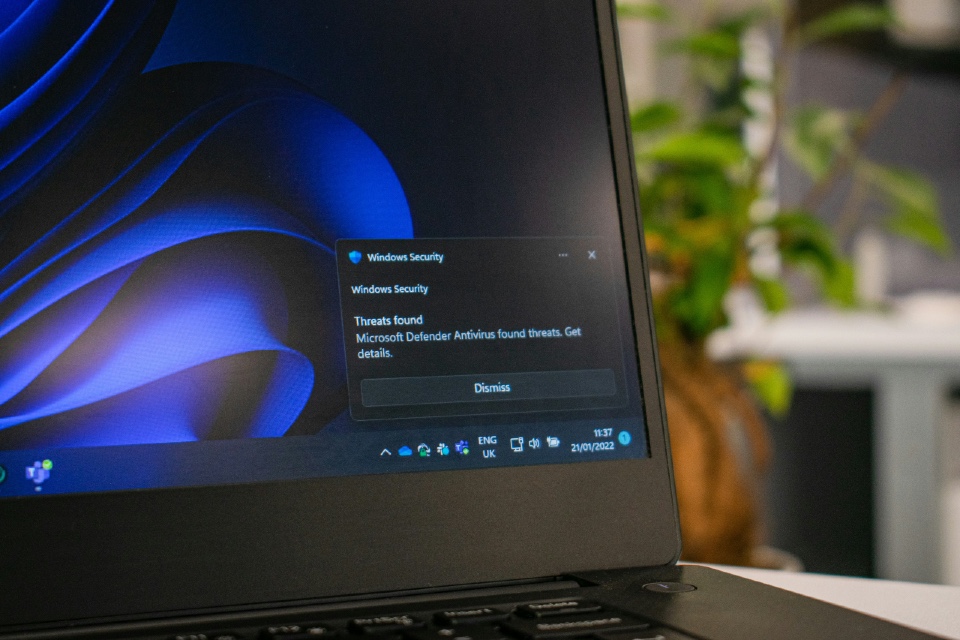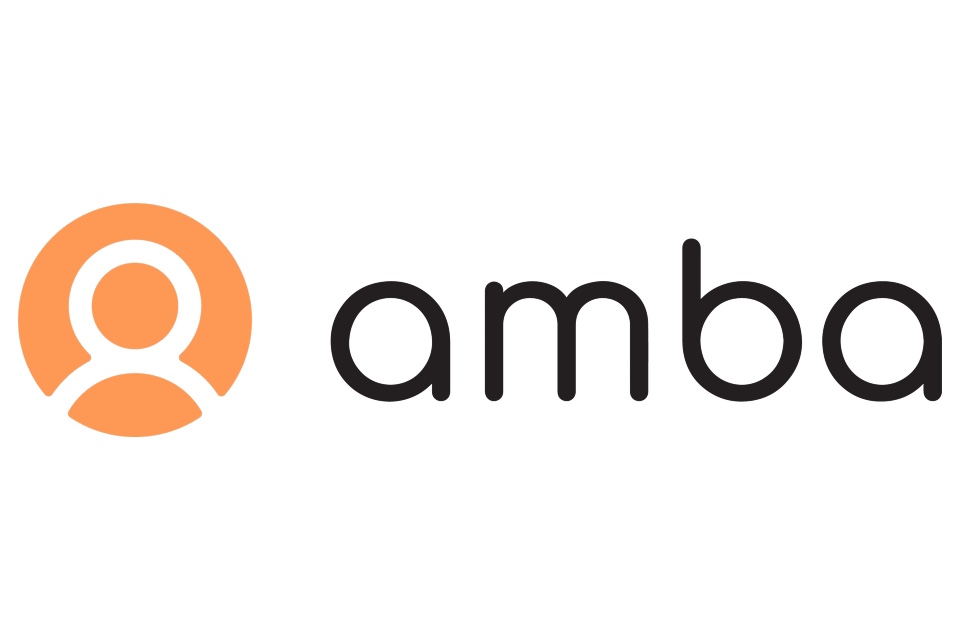The care sector is always under increasing pressure to deliver high-quality care while managing tight budgets, workforce shortages, and regulatory demands. To meet these challenges, many providers are turning to data analytics platforms that transform operational and clinical information into actionable insights…
Data-driven decision making is no longer the preserve of large care groups: it’s becoming a practical and essential tool for care homes of all sizes.
Turning Data into Insight
Care homes already collect huge amounts of data, from digital care plans and medication logs to staff rotas, occupancy levels, and incident reports. The challenge lies in bringing this information together to identify patterns, trends, and opportunities for improvement.
Modern analytics platforms aggregate data from multiple systems into a single dashboard, giving managers a real-time view of performance across care, staffing, compliance, and finance. By tracking key metrics such as falls, medication errors, or resident satisfaction, care leaders can spot emerging issues early and act before they escalate.
Benchmarking for Better Performance
Benchmarking tools are playing an increasingly important role in helping care homes understand their performance relative to peers. Providers can now compare occupancy, staffing ratios, or quality indicators against local and national averages.
This helps organisations identify where they excel and where they lag, whether it’s agency staff reliance, response times, or CQC outcomes. Benchmarking also supports evidence-based discussions with commissioners and regulators, demonstrating continuous improvement and accountability.
Predictive Analytics and Proactive Care
The next frontier is predictive analytics. By analysing historical data, advanced platforms can help care teams anticipate future risks, such as identifying residents at higher risk of falls or hospital readmission.
Predictive tools are also being applied to staffing and scheduling, allowing managers to forecast demand and optimise rosters to ensure safe staffing levels without unnecessary costs. This not only improves efficiency but also supports workforce wellbeing by reducing last-minute scheduling pressure.
Driving a Culture of Continuous Improvement
Beyond technology, analytics is helping to embed a culture of reflection and improvement across care settings. By making performance data visible and understandable, it encourages collaboration between clinical and operational teams, empowering everyone, from carers to managers, to make better-informed decisions. In a sector where every decision impacts quality of life, data is becoming a strategic asset.
The Future of Care Intelligence
As the NHS and local authorities push for greater digital integration, care providers that embrace analytics early will be best positioned to demonstrate value, improve outcomes, and thrive in a more transparent, data-driven ecosystem.
For forward-thinking care leaders, using analytics to measure, benchmark, and predict is a vital step toward delivering safer, smarter, and more person-centred care.
Top 5 Metrics Every Care Home Should Be Tracking
- Resident Wellbeing Indicators
Track falls, weight changes, hydration, nutrition, and mood patterns to identify early signs of decline or risk. - Staffing Ratios & Agency Use
Monitor permanent versus agency staff levels, shift coverage, and overtime to ensure safe, sustainable workforce management. - Incident & Medication Data
Log and analyse medication errors, accidents, or safeguarding incidents to identify recurring issues and training needs. - Occupancy & Turnover Rates
Measure occupancy levels, average length of stay, and discharge trends to optimise resources and financial stability. - Compliance & Quality Scores
Use dashboards to track CQC audit results, care plan reviews, and internal compliance checks in real time.
Are you searching for Software solutions for your organisation? The Care Forum can help!
Photo by Zan Lazarevic on Unsplash






